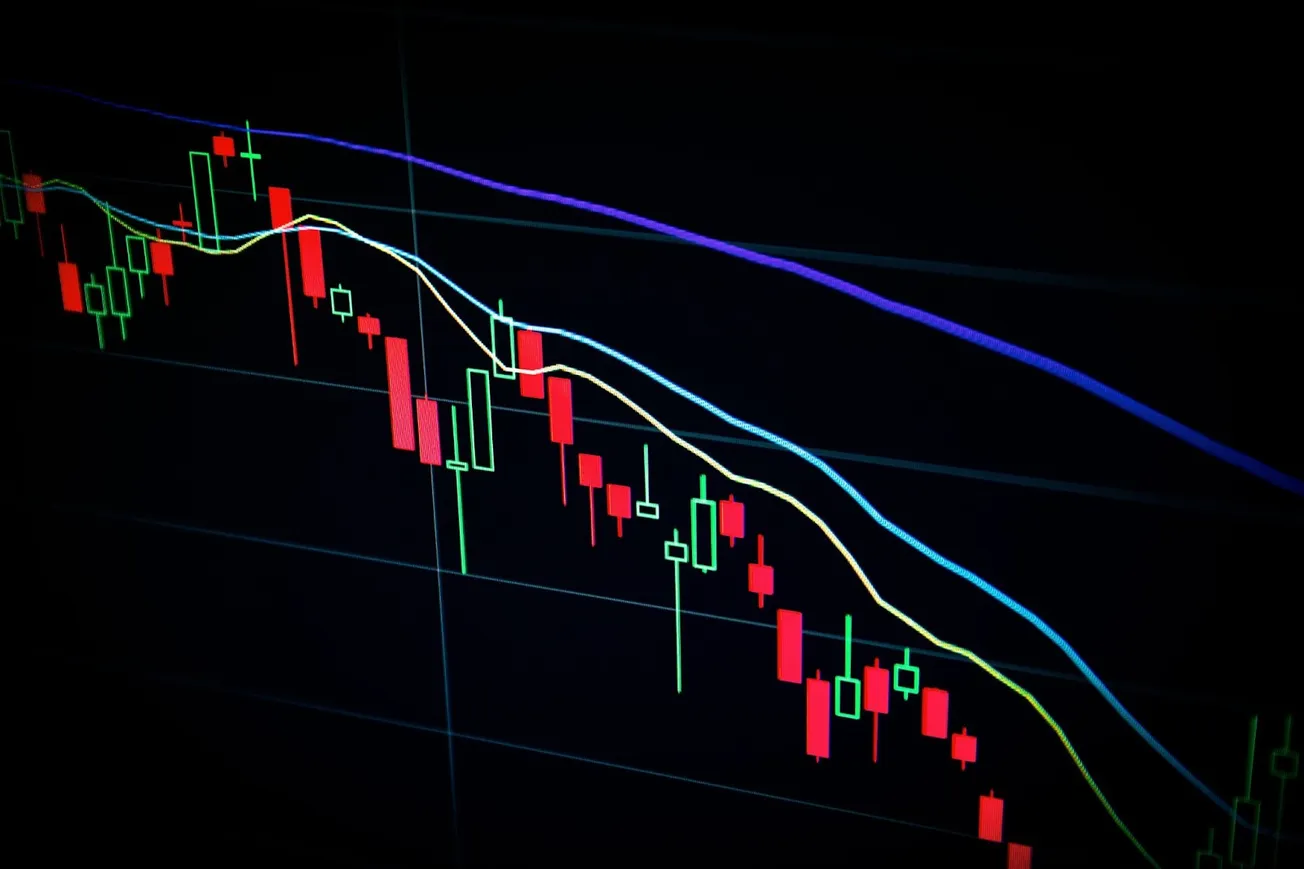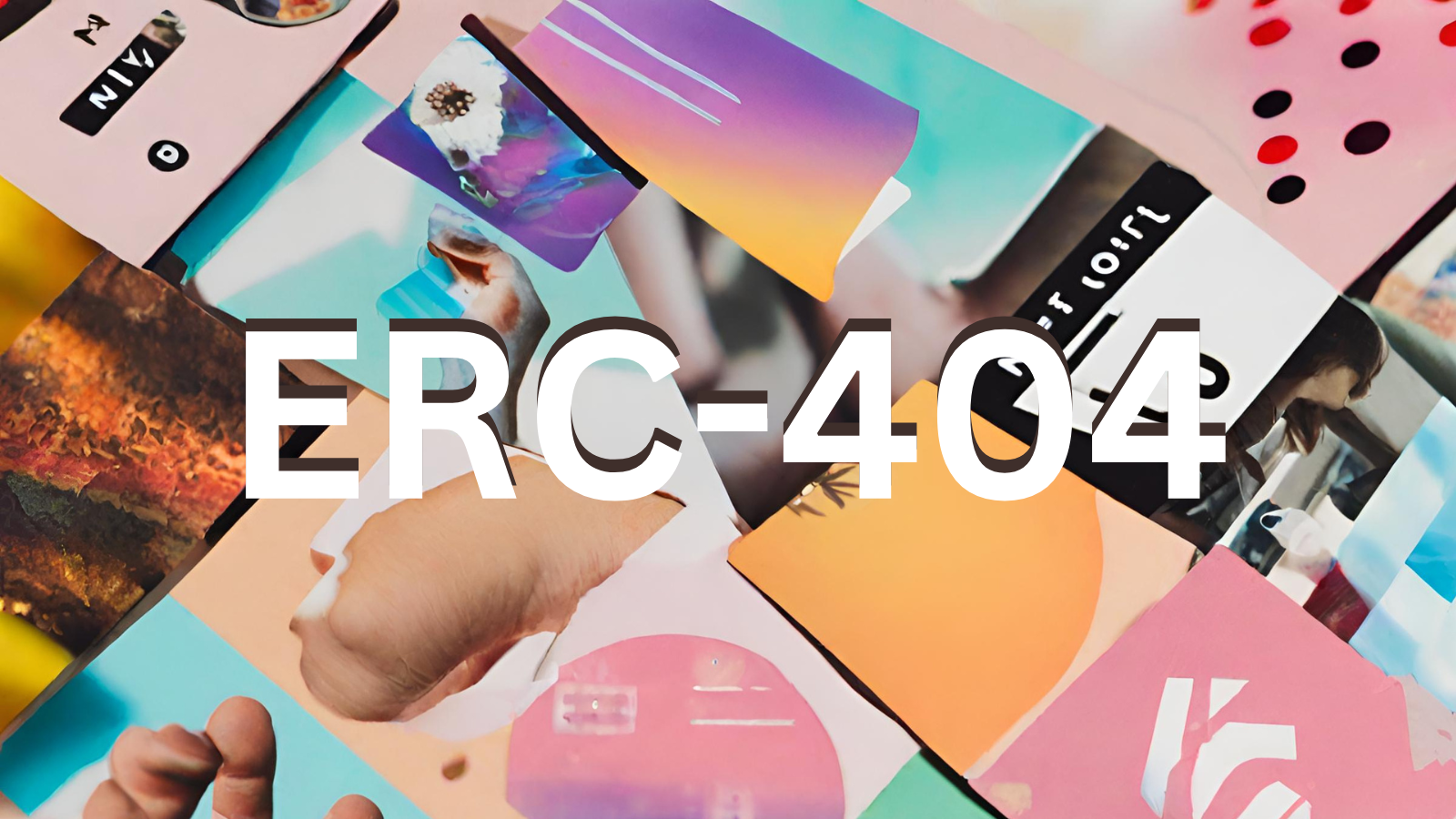Table of Contents
In trading, the term liquidity often points to how easily an asset can be bought or sold.
Market makers are liquidity providers, so think of it this way:
Assume trader A wants to buy one bitcoin. The CEX (centralized exchange) overseeing that trade uses an automated system to find a seller, trader B, who is willing to sell Bitcoin at the rate quoted by trader A. Here, the exchange is acting as a middleman.
Sometimes, there are no traders selling the asset that matches trader A’s order, meaning that the liquidity of the asset is low.
Low liquidity = less trading activity of the asset = harder to buy or sell
Herein lies the role of the market makers. Financial institutions or professional traders provide liquidity by creating multiple buy/sell orders to match the orders of retail investors. Basically, the entity that provides the liquidity becomes the market maker.
Market makers make money from buying shares at a lower price to which they sell them, while providing the market with liquidity and depth while profiting from the difference in the bid-ask spread.
How are automated market makers different?
Instead of a traditional limit order-book with a system where assets can be automatically swapped against the pool’s latest price, automated market makers (AMMs) are smart contracts that create a liquidity pool of tokens that get automatically traded by an algorithm as opposed to an order book.
As is the ethos of DeFi, the removal of any third parties is key. AMMs are a part of decentralized exchanges (DEXs) that were introduced to remove any intermediaries in the trading of crypto assets.
Think of AMMs as a computer programme that automates the process of providing liquidity. These protocols are built using smart contracts – a computer code that executes itself – to mathematically define the price of the crypto tokens and provide liquidity.
As digitally native assets grow, mechanisms of exchange similar to those found in traditional financial markets become increasingly necessary. AMMs encourage passive market participants with low time preference to lend their digital assets to asset pools to aid in the provision of liquidity.
AMMs & yield farming
Yield farming is a by-product of AMMs that have become synonymous with DeFi.
To start yield farming, you would first need to deposit Liquidity Provider (LP) tokens into the AMM’s pool. This LP token can be obtained by pairing crypto assets in equal value together. To understand this clearly, let’s consider an example:
Consider a pool of OSMO and ATOM. This is the pool that users will trade against when they want to buy/sell their OSMO for ATOM.
As a yield farmer who wants to earn a portion of the transaction fees when other users trade OSMO/ATOM, I will first provide liquidity in the form of my own OSMO and ATOM tokens. The value of these tokens must be equal.
Yield farming is a way to incentivise people to provide liquidity. Think of how people are often drawn to high-paying work from home jobs that sometimes turn out to be a scam – the high yields may attract many people, but in many cases, the project cannot be sustained and have risks of being rugpulls.
Read more: DeFi Yield Farms Are Just Used Car Dealers
Scams aside, APRs and APYs rise and fall just like the way bank interest rates do. You think 2% is not bad? Wait till they revise it to 1% with additional 0.5% when you spend X amount.
The more people coming in, the lower the payout, also known as the risk of impermanent loss. A high yield (interest rates) have to be created to incentivise investors, till a point where the fad is over and the selling pressure becomes too high and everybody just dumps.
Are AMMs sustainable?
The constant risk of impermanent loss/lack of interoperability between protocols means that people are just jumping between platforms for short term gains. The issue here is that sustainability of a project is questioned because fundamentally, people are in it for the gains.
There are 2 components to rewards:
- fee revenue
- emissions (i.e. the DEX token)
Rewards largely consist of the token, which makes it unsustainable because there is an additional price risk. Lets say the DEX is on ETH and the fee revenue one receives in ETH, then that’s something that’s sustainable.
But that’s hardly the case.
AMMs create stability and better liquidity than order books and since crypto innovation doesn’t really care about regulations, facilitating liquidity in trades and attempting to create stable prices takes precedence. So yes, that means risks.
While yields should fall the more people join the liquidity pools, more people supplying liquidity would bring stability. Essentially, liquidity is needed for stability.
If AMMs are such a big thing in DeFi and they’re causing people to jump from protocol to protocol,it might be difficult to spearhead mass adoption because there’s no real long-term reason to partake in DeFi. As is, many people see DeFi as a way to get rich quickly by entering and exiting fast.
As for people who want to use DeFi as an alternative savings account, mass adoption might still be a far cry away. Consider anchor protocol, with 20% APY and an easy to use UI, many were onboarded to crypto through DeFi, with the premise of earning on stables. However, the AMM risks still apply and people fear getting in on DeFi.
So perhaps a more targeted question to ask is, how can we change the mindsets or priorities of people to look at the project past the gains?
We do not have an answer because people need to be incentivised, that’s human nature- but there are key questions to ask when considering which protocol or project to support.
How does this token make money?
- Bridging fees
- Interest fees
- Swapping fees
- Liquidation fees
- GameFi mechanics
What’s in the protocol’s treasury?
It costs money to run a protocol: software, salaries, development, marketing, and other miscellaneous costs.
Some questions to consider:
- How much money is in their treasury?
- What are their expenses?
- How much runway do they have?
Cash and a diversified treasuries along with some sort of treasury management strategy would be a decent metric to evaluate a project.
Locked-up funds
Bear markets create sell pressure.With DeFi 2.0, some protocols started incentivizing users to lock their tokens up for years such as Curve and LQDR.
Locked funds lower selling pressure, showing user confidence in the protocol’s long-term future.
What are their moats (competitive advantages):
What is drawing people to do swaps on this DEX over another? Lower fees? Better pairs? Deeper pools and less slippage? Here are some considerations:
- Liquidity
- Community
- Brand value
- Partnerships
- Switching costs
- Network effects
Beyond AMMs, oracles and sexy yields, AMMs are reflexive because it’s a dual-sided market. So the short answer is maybe they can replace traditional market makers, but there’s a bigger question to ask when evaluating longevity of a project. Sustainability as a concept needs to extend beyond that of APR and APY and focus on building real projects with real utility.









